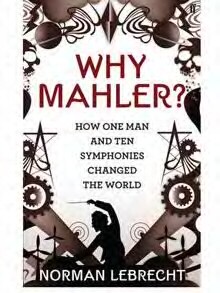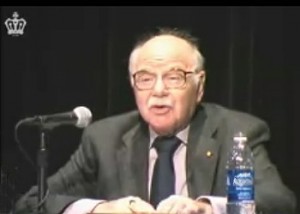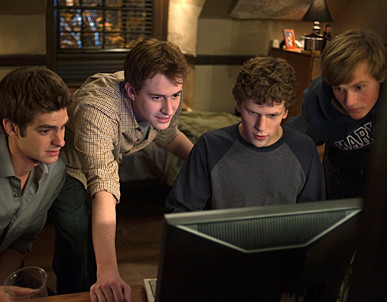Review of Roger Schlafly’s “How Einstein Ruined Physics”
How Einstein Ruined Physics
Roger Schlafly
Dark Buzz, 2011
Was Albert Einstein the smartest man and the greatest scientist who ever lived? Millions believe so.
But Roger Schlafly takes a different view, downgrading the rank of the 20th– century’s most revered scientist. Why? Schlafly presents compelling evidence that other leading physicists and mathematicians before and concurrent with Einstein made equally important breakthroughs in relativity theory and related fields. Further, Schlafly suggests that Einstein may have purloined some of his most famous insights.
What made Einstein so great? The official story goes this way: Albert Einstein, a young clerk in a Swiss patent office, single-handedly transformed physics from a static, three-dimensional science to a four-dimensional, mind-blowing, time-space universe via brilliant and solitary “thought experiments” involving gravity, motion, space and time. Einstein also made unprecedented inroads into understanding the nature of light and energy and was the first to comprehend the equivalence between energy and mass. Einstein’s discoveries not only transformed modern physics but the way we view the universe.
Schlafly disagrees. “It is all a myth. Einstein did not invent relativity or most of the other things for which he is credited.” Schlafly makes a very bold and persuasive case. Read more









